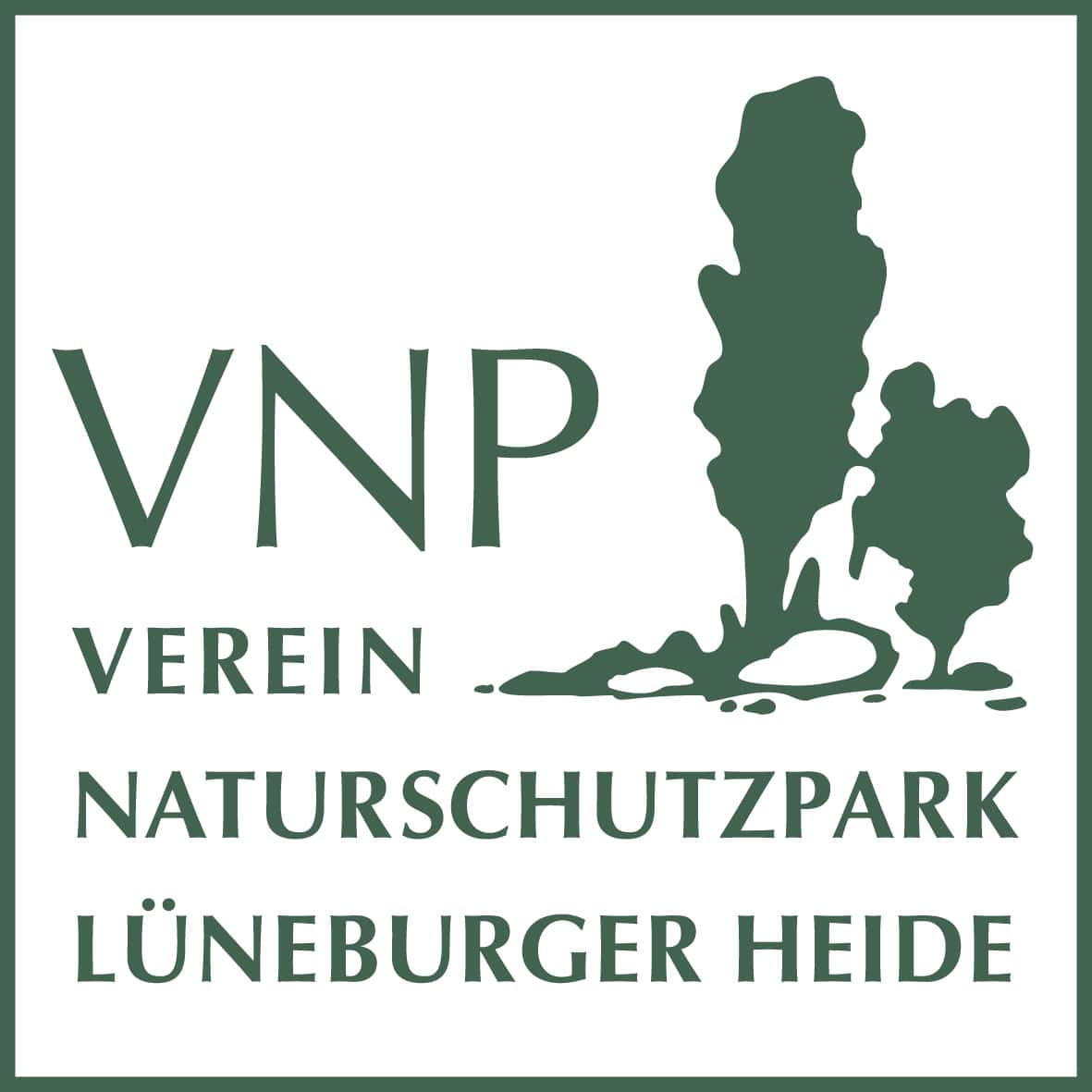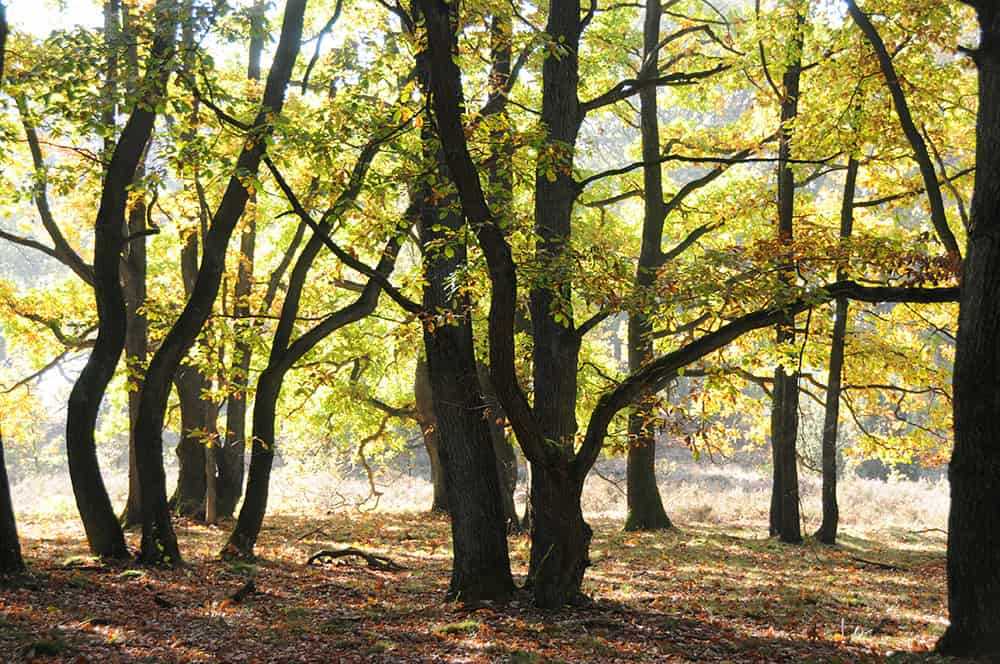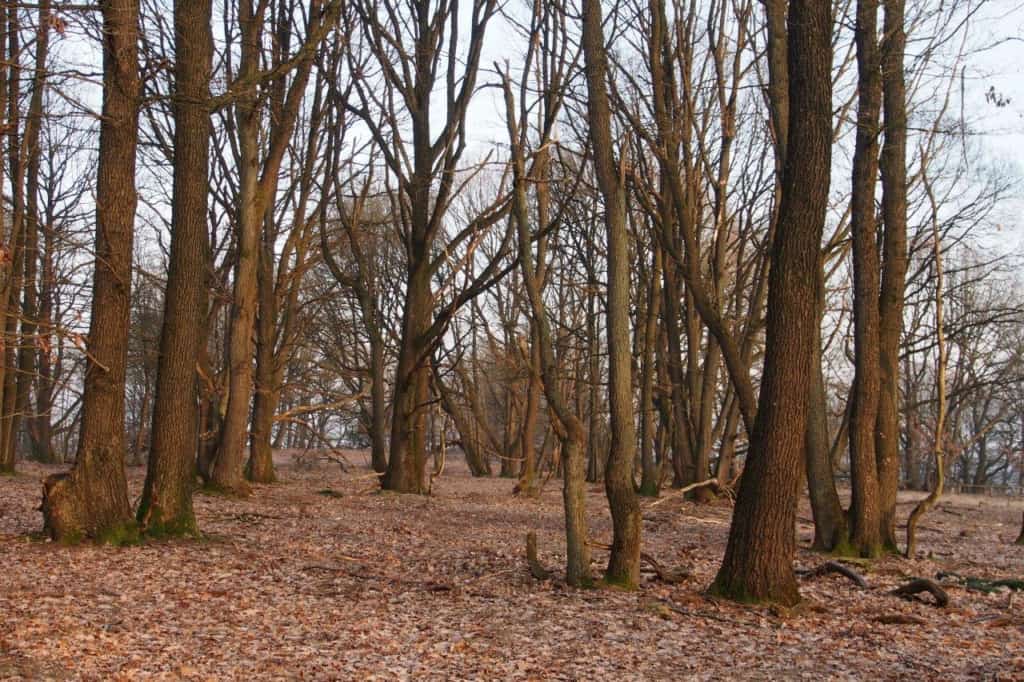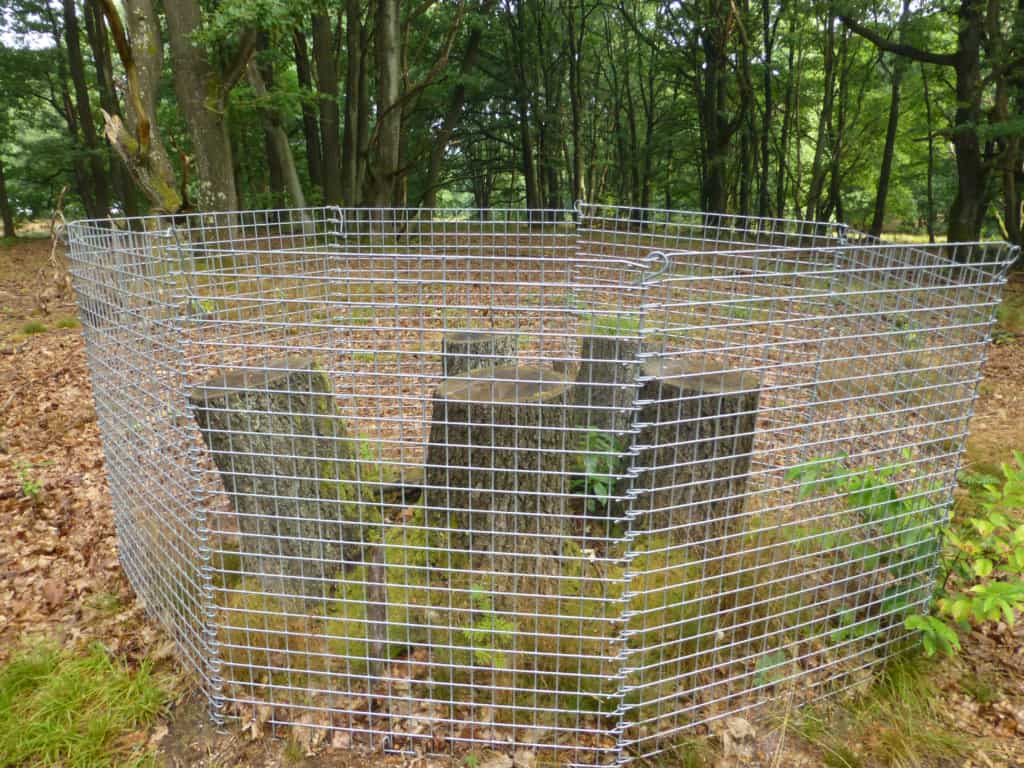VNP forests in the Lüneburg Heath

Forests have always been part of the cultural landscape of the Lüneburger Heide nature reserve in a variety of forms. And here, too, the VNP works according to the motto: “Preservation through use!

On the other hand, there are of course (forest) areas that are left completely to themselves and their natural development. These include, for example, alder swamp forests in the valley areas where no measures are taken.
The areas used for forestry purposes are managed according to the principles of the “Arbeitsgemeinschaft Naturnahe Waldwirtschaft” (ANW). This includes clear-cutting-free management oriented towards a target diameter harvesting regime. Further goals of the VNP are ecologically and economically stable permanent forest communities, which also enrich the landscape aesthetically.

A total of almost 3,000 hectares of deciduous, mixed and coniferous forests in the Lüneburger Heide nature reserve are owned by the VNP or have been leased on a long-term basis.
Forest management principles
The principles of the “Arbeitsgemeinschaft Naturnahe Waldwirtschaft” (ANW) coincide with those of PEFC certification, under which all forest areas of the VNP are certified. These include:
- that the soil should be treated with care (timber harvesting methods that are gentle on the soil, no full ploughing up of the areas for cultivation)
- site-appropriate tree species of the natural forest communities
- mixture of site-appropriate tree species of different dimensions and ages
- single-trunk management and use according to strength classes – no clear-cutting
- compatible cloven-hoofed game populations
- biotope wood propagation and
- general renunciation of the use of biocides.
Historical forest use
“Stühbüsche”
“Stühbüsche” are an inseparable part of the cultural landscape of the Lüneburg Heath. Here, oaks were usually “put on the vine”, i.e. cut just above the ground surface, for firewood and timber. The trees then often sprouted again from the stump and today form bizarre tree shapes whose rootstocks are much older than the trees visible to us.
Each of these oak groups is an individual, even if the direct connection above ground is no longer visible. These “Stühbusche” of pure sessile oak probably emerged from previously closed forests. During the great timber shortage in the 19th century, every usable billet of wood was presumably plundered from the legally unprotected and generally accessible “Stühbusche”.
According to the descriptions at the time, they can only have shown very stunted growth. Only in the 20th century – after the end of exploitation – did they grow into stately groups of trees, whose real age probably counts several hundred years. A particularly beautiful historical “Stühbusch” can be seen on the Wulfsberg between Niederhaverbeck and Tütsberg.
The preservation of existing “Stühbüsche” has just as high a priority for the VNP as the targeted development of young oak stands into future “Stühbüsche”, to which a diverse flora and fauna has adapted.
Farmyard groves
With their gnarled oaks, beeches and lime trees, farmyard groves are a major feature of the Heath’s townscapes and landscapes. The farmyard groves were mainly used by the heath farmers to protect their buildings from storms and precipitation.
Of course, the farmyard groves were also used for building and firewood. Moreover, in the past, they were used for fattening pigs with acorns and beechnuts. The preservation and care of these old copses is of great importance for the VNP – also because they had to give way to non-native trees, especially outside the nature reserve.
In the Lüneburg Heath nature reserve, closed farmyard groves can for example be found in Wilsede. The VNP takes care of and preserves these farmyard groves in its areas. Steering measures are taken to preserve them in the long term. For example, maples and beeches are removed from the farmyard groves to allow the typical oaks to grow unrestrictedly.
Trees that are damaged or too close to buildings are also removed. As a replacement, young oak heisters are planted, which will take over the tasks of today’s old trees in these farmyard groves in a few decades.
Forest Tröbitz-Domsdorf: Acquisition of 260 hectares of forest in 2014
In southern Brandenburg in the Elbe-Elster district, the VNP has been able to build up another pillar of asset protection for the Stiftung Naturschutzpark.
With the acquisition of land from Bodenverwertungs und -verwaltungs GmbH (BVVG) around the former LOUISE briquette factory, storms and other forest disasters cannot damage the VNP forest too much in the future.
The location in Brandenburg makes the forest an ideal investment outside the Lüneburg Heath. In addition to the typical pine forest on brown coal mining land, the tree species inventory also includes birch, oak, maple, robinia, lime, alder, poplar and ash. And now the beaver is also allowed to gnaw on VNP trees at will.
Do you have any questions?
Our department head “Forest Ecology and Conservation” Matthias Pantelmann is at your disposal for more information:
Phone: 05198 98243-28
Email:






